Why not grow your tasty vegetables this year instead of purchasing them at the farmer’s market? Grow your vegetables in Tennessee; it’s easy and soothing, and the best part is eating what you grow. Below, we learn the Tennessee vegetable planting calendar, a month-by-month vegetable planting chart, a seasonal gardening guide for planting Tennessee vegetables, what vegetables grow well in Tennessee, and the planting zones of Tennessee state.
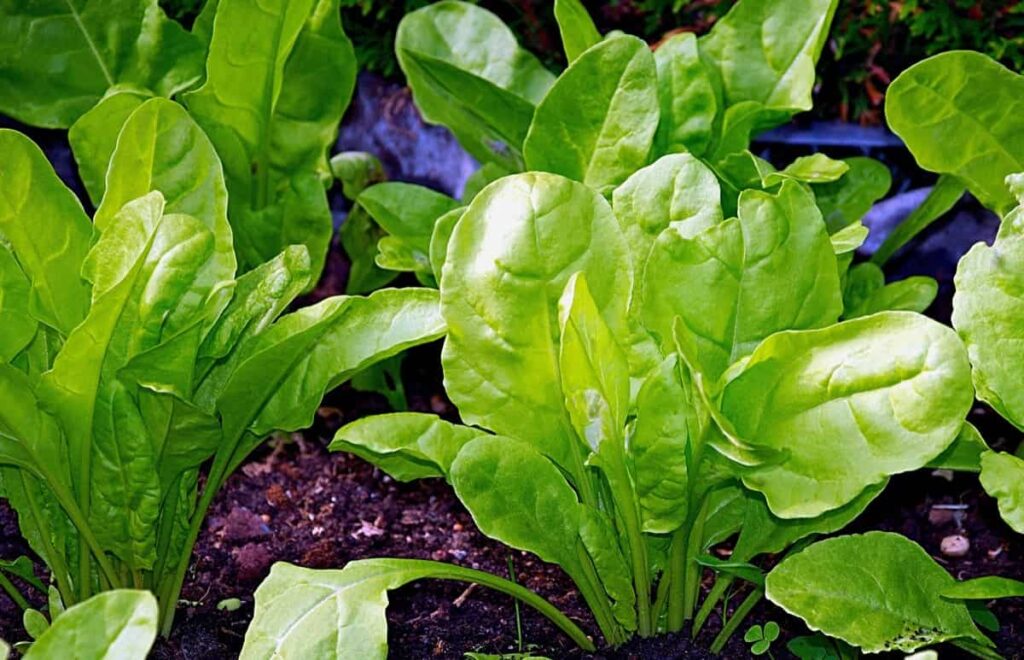
Tennessee (TN) vegetable planting calendar
What vegetables can I plant in March in Tennessee?
Seeds of cool-season vegetables like broccoli, cabbage, and cauliflower can be started now to give you a head start on the growing season. Tomatoes, eggplants, peppers, and other warm-season vegetables can be planted later in the month. Do not wait for the soil to warm up to plant trees and bushes in your yard. Mulch the perimeter 2 to 3 inches, staying clear of the trunk.
What can you plant in February in Tennessee?
For many cold-hardy plants, the ideal period to start sowing seeds indoors is between February 6th and February 20th. In February, you can start seeds indoors for various vegetables, including broccoli, collard greens, lettuce, mustard, eggplants, kale, kohlrabi, peppers, cauliflower, spinach, and tomatoes. You should apply common sense and carefully consider weather prediction before transferring seedlings into the garden.
According to the rule of thumb, the typical beginning of the East Tennessee frost-free growing season is April 16th. However, although this is often correct, it is not always the case. Planting later is preferable to planting sooner. Those who like gardening understandably can’t wait to get in the soil. Plants will flourish more quickly and fully if the soil is allowed to warm up a little beforehand.
When should you plant tomatoes in Tennessee?
The date on the calendar is less significant than the weather. Since tomatoes are so easily damaged by frost, you should wait until the final cold of the season has passed before planting them outside. Tomatoes can be planted in Tennessee as late as April, although you can wait until far into June if you want. Tomatoes can be started from seed in late winter by planting in pots; however, many gardeners prefer to purchase seedlings from a nursery. Tomato plants can be transplanted into the garden in the 6- to 8-inch range.
In case you missed it: How to Grow Asparagus in USA: Soil, Propagation, Planting, Care, and Farming Tips

What tomatoes grow best in Tennessee?
Cherokee Purple, Black Krim, Brandywine Pink, Mortgage Lifter, and Old German are five traditional Heirloom varieties that consistently grow and yield. Champion, Mountain Fresh, Park’s Whopper, and Celebrity are new hybrid kinds that tend to be more resistant to diseases and pests. To lessen the impact of the change of environment on the plant’s roots, it’s essential to water it well and deeply right after planting. Plant so that the crown of the lowest leaves is barely below the soil surface.
To get the greatest results, keep up the routine of morning watering, which helps the leaves dry out rapidly and prevents fungal infections from taking hold. Pine Bark Soil Conditioner and traditional mulch are recommended. The soil will be in much better shape for next season once it is cut up after the season. You can also reduce soil drying by placing flat rocks near each plant.
When should you plant a garden in Tennessee? / When to plant vegetables in Tennessee?
It is safe to directly sow cold season crops (such as kale, cauliflower, broccoli, cabbage, etc.) in late March, a few weeks before the last frost date. Additionally, they can be planted two to three weeks before the last frost date (April 15). Direct sowing of lettuce and peas is also possible at this time. Tomatoes, peppers, and other warm-season plants should be seeded inside as soon as possible. Remember that plants need light during the germination and sprouting stages, and the soil should be kept moist.
What planting zone is Tennessee?
The proximity of much of Tennessee to the Gulf of Mexico makes most of the state’s planting zones subtropical. Most of the state’s abundant precipitation, which occurs mostly in the winter and spring, is brought to the state by winds from the south. Fifty inches of precipitation each year is typical. Tennessee has mild winters and hot, humid summers. At higher altitudes in the Appalachians, the climate is humid continental, with cooler temperatures.
But in the eastern state’s high mountains, it’s not uncommon to see snowfall totals of over 16 inches. Because of this, the overall quantity of snowfall varies widely. Precipitation totals of approximately 5 inches are expected in the west. As a result of its location, Tennessee is mostly spared from hurricanes and other forms of extreme weather.
Tennessee has various possible growth situations, from hardiness zone 5b up to hardiness zone 8a. American gardeners use hardiness zones to predict which plant, flower, and vegetable species will survive the winter in their region. In Tennessee and worldwide, typical frost dates are the basis for planting zones. Choose hardy plants in a zone lower than yours for the greatest results in Tennessee. So, if you’re in zone 5b, you can safely grow everything that would thrive in zones 1-5.
In case you missed it: Garden Planting Calendar in India: Month-wise Chart and Guide for Fruits, Flowers, Herbs, and Vegetables
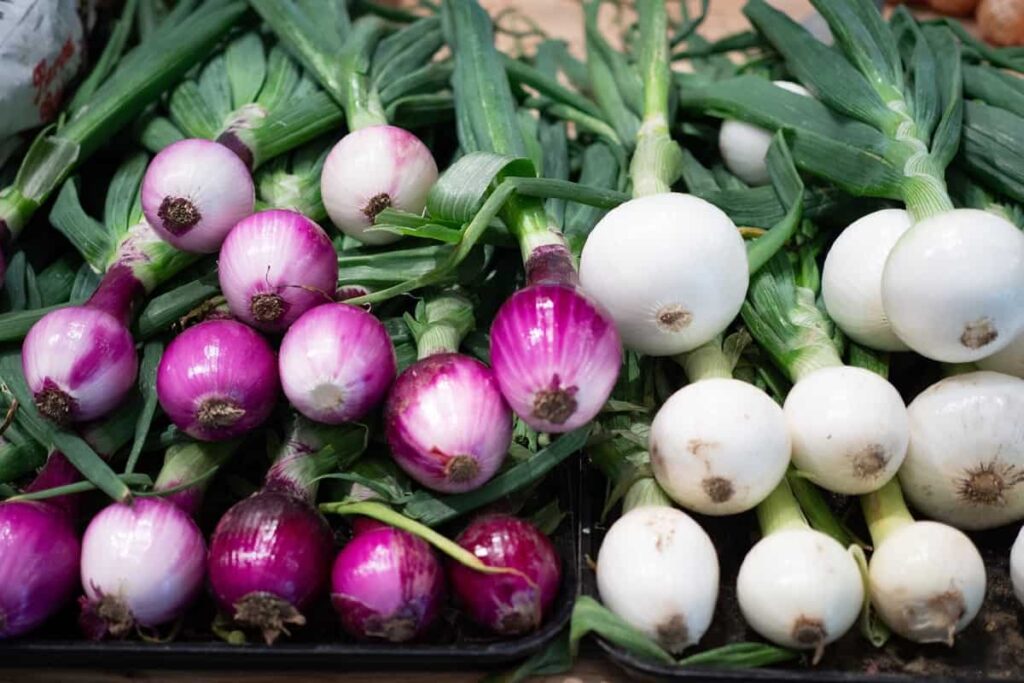
What vegetables grow best in Tennessee winter?
For early winter crops, August is the time to sow cabbage, collards, beets, broccoli, radishes, beans, snap peas, turnips, kale, Brussels sprouts, and cauliflower. In September, plant seeds for leafy greens, root vegetables, and onions. Suppose the weather stays warm; plant leafy greens like lettuce and spinach in an excellent, shady spot until the weather cools. If rain quantities are not enough, water the fall garden.
Since winter soils are often dry, you should water your garden frequently. Don’t wait until the last minute to pick your veggies; do it while they’re optimum. Even if not all veggies have fully ripened, an intense frost is predicted, and a swift preventive step will preserve most of them from harm and allow them to continue to ripen. When this happens, cover your plants with a thin plastic drop cloth and wait for the frost to melt. The reverse effect can occur if the plastic is left on the plants in direct sunlight, which can burn them.
Can you grow potatoes in Tennessee?
Potatoes have a growth season comparable to other cool-season crops planted in the spring, except they must be planted at a different period to prevent harsh frost after emergence. The optimal times for planting in East and West Tennessee are March 20th through April 30th and February 15th through March 31st.
What can I plant now in Tennessee?
Spring vegetable planting in Tennessee
Test your growing skills with a bit of planting this year and build on your successes with more of the same next season. Packets of seeds are frequently the most cost-effective method to start your garden, but they can also be the most challenging to grow. If you want to know that your plants will thrive, buying seedlings is a good idea. If you decide to go the seed route, remember that wide varieties must be planted inside in the chilly months leading up to spring.
Tennessee has a decent amount of sun and rain, making it an ideal state for gardeners. Plants have more time to mature as they travel southward within the state. Excluding the mountains, most of Tennessee has a humid subtropical climate characterized by warm and muggy summers and relatively moderate and dry winters.
In case you missed it: Vegetable Planting Calendar in the USA: When to Plant, A Step-By-Step Guide for Beginners
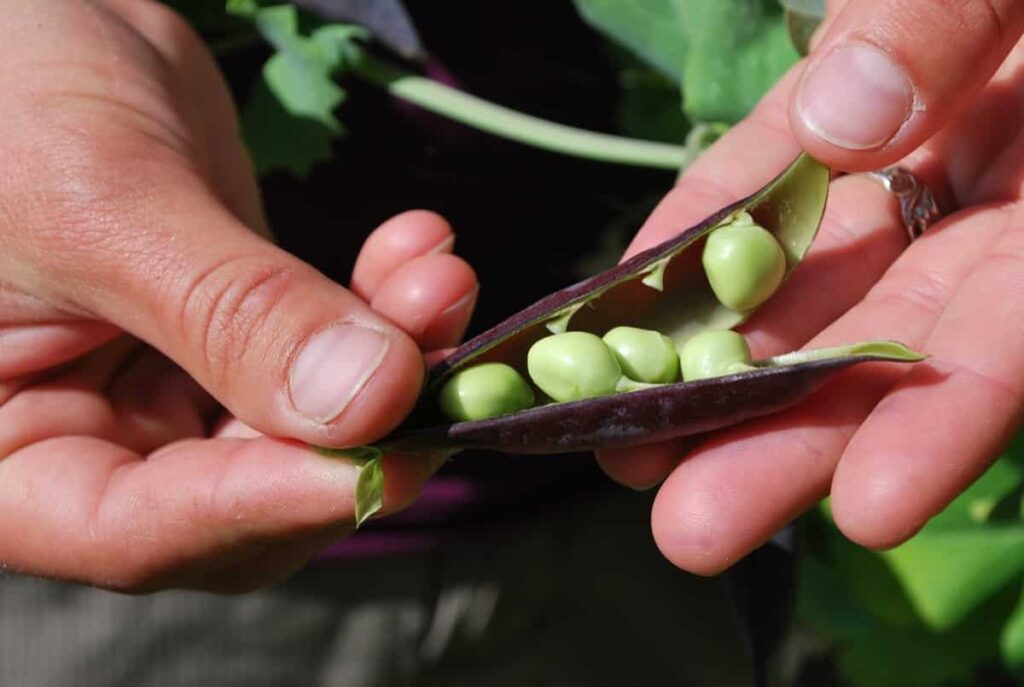
Although certain plants, such as citrus, avocado, and romaine lettuce, cannot be grown in this area, it is still essential to learn which plants are hardy. Since there are four distinct climate zones in Tennessee, the state’s planting seasons are not uniform. The ideal days to sow spring crops in Tennessee are shown here, beginning with the earliest potential planting date (dates will shift later as you travel east across the state).
Broccoli, cabbage, kale, parsnip, peas, and spinach are available in late March and early April. During April, you can grow beets, celery, carrots, cauliflower, leeks, lettuce, onions, potatoes, radishes, and Swiss chard. Tomatoes, basil, chives, mint, rosemary, thyme, sage, and corn grow in late April/early May. Beans, Eggplant, Okra, and Squash can be grown in May.
Fall vegetable planting in Tennessee
We now learn Tennessee’s fall planting schedule. The top vegetables in the spring aren’t always the greatest in the autumn. Plant seeds for spring crops in damp, chilly soil, then watch them develop into mature plants as the days dry out, warm up and lengthen. The days are long and dry in the spring but short, chilly, and moist, perfect for maturing fall types. Letting tomatoes, peppers, and green beans ripen before the first frost of the season is essential.
Vegetables like kale and collard greens can take quite a bit of cold before they wilt, so you may be able to keep harvesting them for a while after the first frost. Seed packaging and catalog descriptions predict planting-to-harvest days. Due to the chilly weather and fewer days in the autumn, we recommend adding roughly ten days to this estimate.
To get the earliest possible planting date, count backward from the day you want the vegetable to start to mature to obtain its total number of growing days. More work is needed in the fall for gardening than in the spring. The issues with insects, diseases, weeds, and dryness are at their worst in the autumn. Fall is a challenging time to plant anything. Take regular strolls around gardens and learn about their plants.
Gather up weeds as soon as you see them. Bugs and diseases need to be contained before they spread too far. Plants harvested in the autumn may miss out on the benefits of fertilizer applied in the spring. Nitrogen leaches easily from garden soils—vegetables grown in the autumn benefit greatly from nitrogen applications similar to spring ones.
Summer vegetable planting in Tennessee
Beans can be planted (or directly sown) in Tennessee until August. When you direct sow, you put seeds in the garden without germinating them or utilizing starter plants. For continuous yield, pick snap, wax, or French beans often after they first emerge in the pod. Because of its resilience, broccoli is an excellent crop for amateur gardeners. Starting seeds inside will result in a first harvest that is sooner.
A harvest, if not sooner, is expected in late October, with more harvests occurring every two to three months. Parsley and dill may not produce a crop if they “bolt” or prematurely sprout blossoms and “go to seed” in the summer heat. However, when temperatures rise in late July or early August, you may have more success planting these herbs.
In case you missed it: How to Start Broccoli Farming in USA: A Step-by-Step Guide to Planting to Harvesting
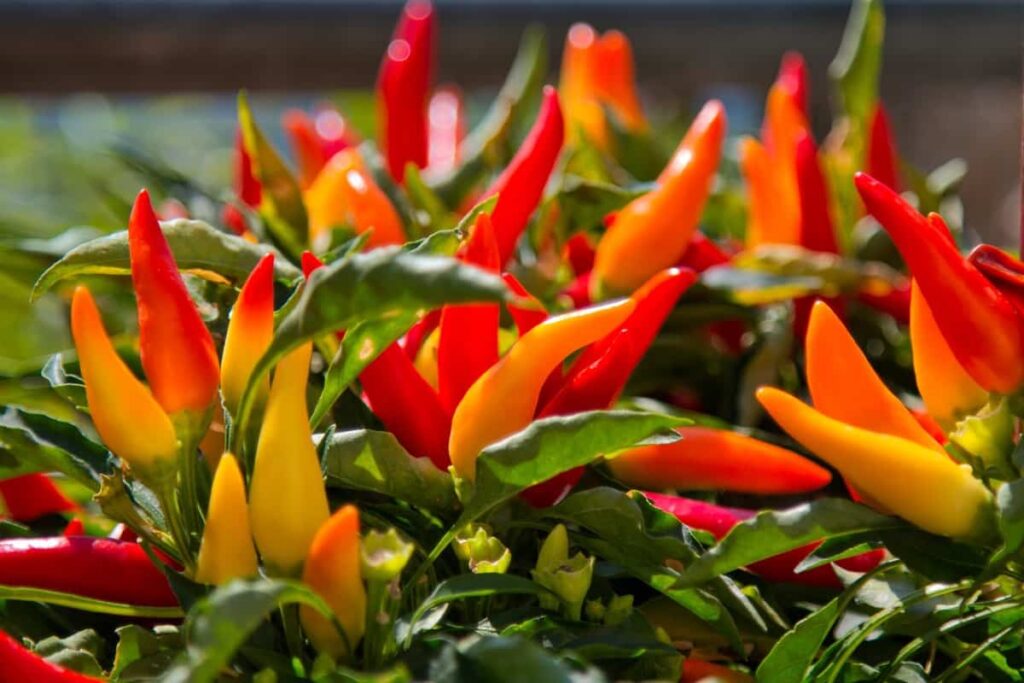
After July, you can plant a second or third crop of leafy greens, including arugula, kale, spinach, and lettuce. By the end of August and the beginning of September, most will be suitable for use in salads. Although peas are more often associated with spring planting, due to Tennessee’s mild winters and warm summers, they can also be sown in late summer and early fall for a harvest in the fall.
Winter vegetable planting in Tennessee
Clean up your summer veggies in late or early autumn by removing dead leaves or twigs. Instead of leaving dead summer plants in the garden, pull them out to create room for new harvests. For early winter crops, August is the time to sow cabbage, collards, turnips, broccoli, radishes, beets, beans, snap peas, kale, Brussels sprouts, and cauliflower.
To get the soil ready for new crops, add some compost. Soil additions, such as compost and fertilizer, should be applied while the soil is still warm since their efficiency decreases with cooling. If rain quantities are not enough, water the autumn garden. Since winter soils are often dry, you should water your garden frequently.
You can grow lettuce and spinach year-round in a cold frame. The cold frame protects the plants from the worst winter weather, allowing them to survive until the following spring. Some crops, like Brussels sprouts, can survive the winter outdoors without protection and produce fruit the following spring. These are the winter vegetables to grow in Tennessee.
Tennessee vegetable planting calendar/chart/schedule/guide
| Vegetables | Zone 5 | Zone 6 | Zone 7 | Zone 8 |
| Snap Beans | Mid-May to Sep | May to Mid-Oct | Apr to Mid-Oct | Mid-Mar |
| Lima beans | Mid-May to Sep | May to Mid-Oct | Apr to Mid-Oct | Mid-Mar to Mid-Oct |
| Beets | Apr to June, Mid-July to Mid-Oct | Mid-Mar to June, Mid-July to Mid-Oct | Mar to May, Aug to Oct | Mid-Feb to Mid-May, Mid-Aug to Mid-Nov |
| Broccoli | Mid-Mar to June, July to Oct | Mar to Mid-June, Mid-July to Oct | Mid-Feb to May, Aug to Mid-Nov | Feb to Mid-May, Aug to Nov |
| Brussel Sprouts | Apr to Oct | May to Oct | Mid-Apr to Mid-Sep | Apr to Aug |
| Cabbage | Mid-Apr to Oct | May to Oct | Mar to Mid-June, Mid-July to Oct | Mid-Feb to May, Aug to Mid-Nov |
| Carrots | Apr to Jun, Aug to Mid-Oct | Apr to June, Aug to Oct | Mar to Mid-June, Aug to Oct | Mid-Feb to May, Mid-Aug to Mid-Nov |
| Cauliflowers | Mid-Apr to Mid-Oct | Mar to Mid-June | Mid-Feb to May, Aug to Mid-Nov | Feb to Mid-May, Mid-Aug to Nov |
| Corn | Mid-May to Mid-Sep | May to Sep | May to Aug | Mid-Apr to Aug |
| Cucumber | Mid-May to Mid-Sep | May to Sep | May to Aug | Mid-Apr to Aug |
| Kale | Apr to June, Mid-July to Oct | Mid-Mar to Mid-June, Aug to Mid-Nov | Mar to May, Aug to Mid-Nov | Mid-Feb to Mid-May, Mid-Aug to Mid-Nov |
| Lettuce | Mid-Apr to June, Mid-July to Mid-Oct | Mid-Mar to Mid-June, Aug to Oct | Mar to May, Aug to Oct | Mid-Feb to May, Mid-Aug to Mid-Nov |
| Onions | Apr to Sep | Mid- Mar to Aug | Mar to Aug | Mid-Feb to Aug |
| Peas | Apr to June, Mid-July to Mid-Oct | Mid-Mar to May, Aug to Oct | Mid-Feb to Mid-May, Mid-Aug to Mid-Nov | Mid-Feb to Mid-May, Sep to Mid-Nov |
| Peppers | Apr to Sep | Mid-Mar to Sep | Mar to Sep | Mid-Feb to Mid-Sep |
| Spinach | Apr to June, Mid-July to Oct | Mar to June, Mid-July to Oct | Mar to June, Aug to Mid-Nov | Mid-Feb to May, Sep to Nov |
| Summer Squash | Mid-May to Sep | May to Sep | May to Mid-Oct | Mid-Apr to Mid-Oct |
| Tomato | Apr to Sep | Mid-Mar to Sep | Mar to Sep | Mid-Feb to Mid-Sep |
| Asparagus | Apr | Apr | Apr | Mid-Jan to Mid-Mar, Nov and Dec |
| Artichokes | – | – | – | – |
| Celery | – | – | – | |
| Chard | – | – | – | – |
| Chives | – | – | – | – |
| Eggplants | May | May | Apr to Mid-May, Mid-July | Apr to Mid-May, Mid-July |
| Kohlrabi | Early Apr and Late Sep | Early Apr and late Sep | – | – |
| Okra | Mid-May to Late-May | Mid-May to late May | Apr to June, Mid-June to July | Apr to June, Mid-June to July |
| Potatoes | Early April to Mid-April | Early April to Mid-April | Mid-Jan to Mar | Mid-Jan to Mar |
| Radish | Late Mar to early May | Late Mar to early May, Aug | Mid-Jan to Apr, Sep to Mid-Oct | Mid-Jan to Apr, Sep to Mid-Oct |
| Winter squash | May | Mid-May | Apr to Aug | Apr to Aug |
In case you missed it: How to Make Coco Peat at Home: Process, Steps, and Guide
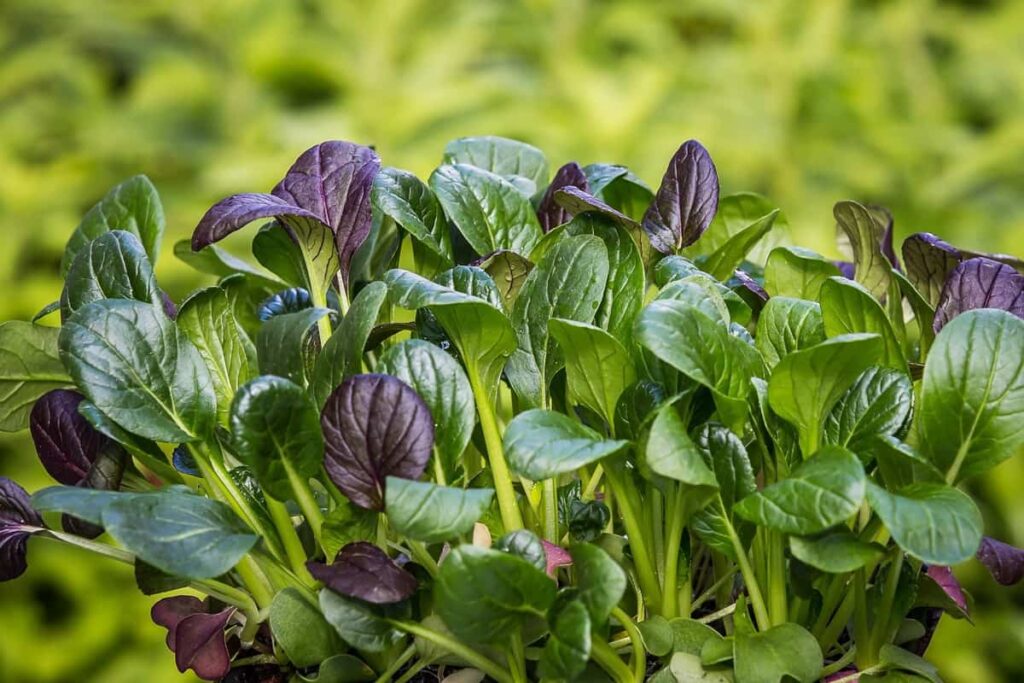
Conclusion
Growing your vegetables is a satisfying pastime since it requires nothing in the way of technical skill. Discover what kind of garden will fit your needs in terms of area and time, then go out and get some seeds or plants.
- How to Build a Low-budget Goat Shed: Cheap Ideas and Tips
- Goat Farming Training Programs in India: A Beginner’s Guide
- Types of Pesticides Used in Agriculture: A Beginner’s Guide
- Economical Aquaculture: A Guide to Low-Budget Fish Farming
- 15 Common Planting Errors That Can Doom Your Fruit Trees
- How to Make Houseplants Bushy: Effective Tips and Ideas
- Innovative Strategies for Boosting Coconut Pollination and Yield
- Pollination Strategies for Maximum Pumpkin Yield
- The Complete Guide to Chicken Fattening: Strategies for Maximum Growth
- Natural Solutions for Tulip Problems: 100% Effective Remedies for Leaf and Bulb-Related Issues
- Revolutionizing Citrus Preservation: Towards a Healthier, Greener Future
- Natural Solutions for Peony Leaf and Flower Problems: 100% Effective Remedies
- Maximizing Profits with Avocado Contract Farming in India: A Comprehensive Guide
- Natural Solutions for Hydrangea Problems: 100% Effective Remedies for Leaf and Flowers
- The Ultimate Guide to Choosing the Perfect Foliage Friend: Bringing Life Indoors
- From Sunlight to Sustainability: 15 Ways to Use Solar Technology in Agriculture
- The Ultimate Guide to Dong Tao Chicken: Exploring from History to Raising
- The Eco-Friendly Makeover: How to Convert Your Unused Swimming Pool into a Fish Pond
- Mastering the Art of Delaware Chicken Farming: Essentials for Healthy Backyard Flocks
- 20 Best Homemade Fertilizers for Money Plant: DIY Recipes and Application Methods
- How to Craft a Comprehensive Free-Range Chicken Farming Business Plan
- Brighten Your Flock: Raising Easter Egger Chickens for Beauty and Bounty
- How to Optimize Your Poultry Egg Farm Business Plan with These Strategies
- Subsidy for Spirulina Cultivation: How Indian Government Schemes Encouraging Spirulina Farmers
- Ultimate Guide to Raising Dominique Chickens: Breeding, Feeding, Egg-Production, and Care
- Mastering the Art of Raising Jersey Giant Chickens: Care, Feeding, and More
- Ultimate Guide to Raising Legbar Chickens: Breeding, Farming Practices, Diet, Egg-Production
- How to Raise Welsummer Chickens: A Comprehensive Guide for Beginners
- How to Protect Indoor Plants in Winter: A Comprehensive Guide
- Ultimate Guide to Grow Bag Gardening: Tips, Tricks, and Planting Ideas for Urban Gardeners
- Guide to Lotus Cultivation: How to Propagate, Plant, Grow, Care, Cost, and Profit
- Agriculture Drone Subsidy Scheme: Government Kisan Subsidy, License, and How to Apply Online
- Ultimate Guide to Raising Araucana Chickens: Breed Profile, Farming Economics, Diet, and Care
- Bringing Hydroponics to Classroom: Importance, Benefits of Learning for School Students
- Ultimate Guide to Raising Polish Chickens: Breed Profile, Farming Economics, Diet, and Care
- Ultimate Guide to Raising Australorp Chickens: Profile, Farming Economics, Egg Production, Diet, and Care